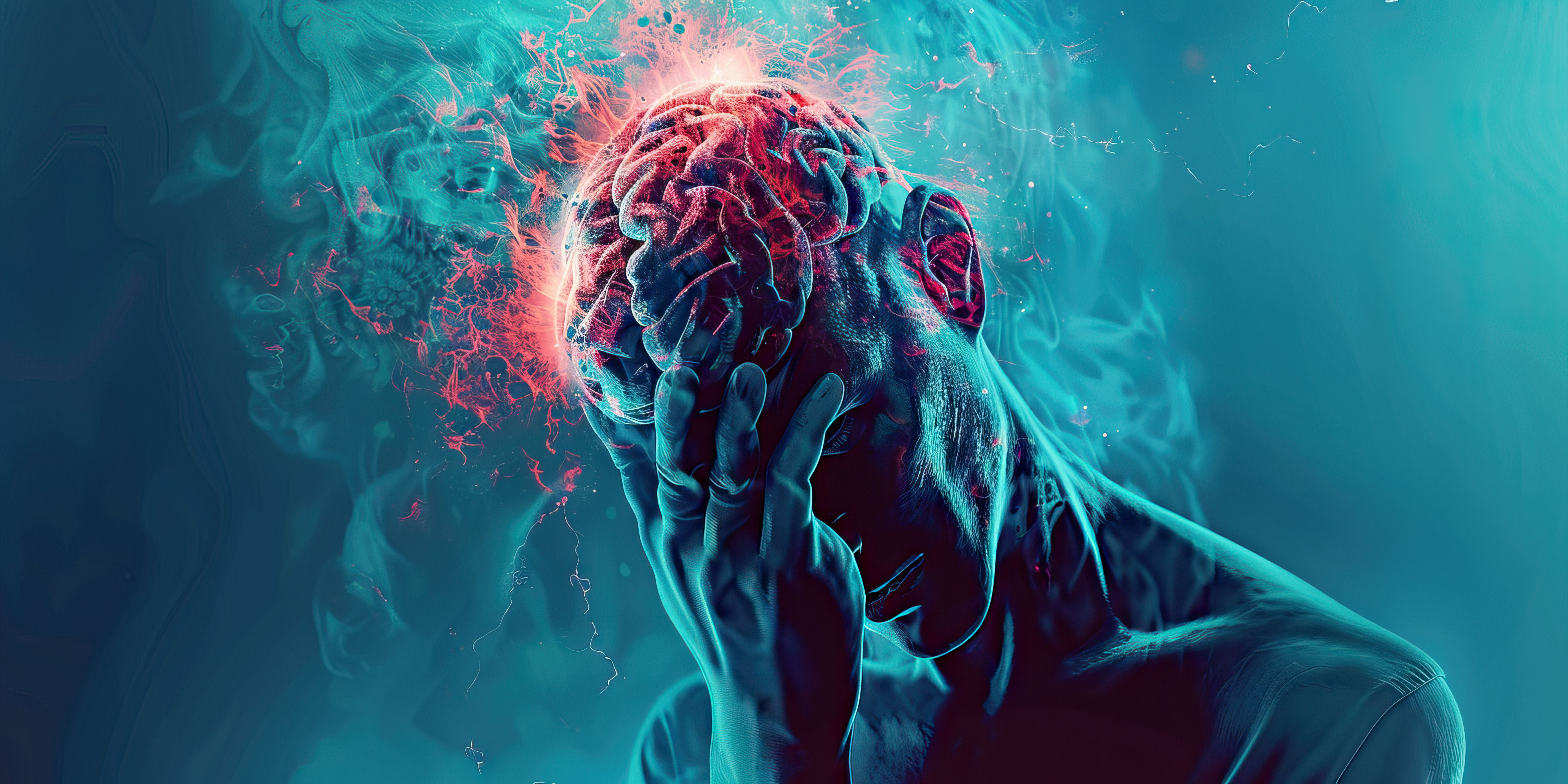Video
Overview and Prevalence of Insomnia
Drs Paul Doghramji and Leslie Citrome provide an overview of the diagnosis and prevalence of insomnia.
Paul Doghramji, MD, FAAFP: Hello and thank you for joining this Psychiatric Times™ PsychView titled, “Exploring the Latest Advances in Treatment of Insomnia.” I am Dr Paul Doghramji. I’m a family practice physician at Collegeville Family Practice and the medical director of health services at Ursinus College, both in Collegeville, Pennsylvania. I’m very pleased to be joined today by Dr Leslie Citrome, a clinical professor of psychiatry and behavioral sciences at New York Medical College in Valhalla, New York. Welcome, Leslie.
Leslie Citrome, MD, MPH: Thank you, Paul. It is a pleasure to be here.
Paul Doghramji, MD, FAAFP: During today’s discussion, we’ll be exploring the latest advances in the treatment of insomnia. Let’s begin. First, let’s go into an overview of insomnia. I know that as a family doctor, looking at some of the data, and I also work with the National Sleep Foundation where we do a lot of data mining, we know that insomnia is very prevalent in society. A lot of research has been done showing that insomnia can occur in as much as 10%, 15%, I’ve even seen some figures showing up to 30% of the general public may have insomnia. I also know that in primary care it can reach 50% to 60%. Leslie, what do you think about those numbers?
Leslie Citrome, MD, MPH: I think they’re accurate. Research has been done that tells us that about one-third of the adult United States population has at least 1 symptom of insomnia. One-third of that one-third meets the criteria for insomnia disorder as spelled out in the DSM-5 [Diagnostic and Statistical Manual of Mental Disorders, Fifth Edition]. We’ve graduated to DSM-5 text revisions, it’s hard to keep up with all of that. It’s also consistent with the definition from the Sleep Research Society. One-third of the population has at least 1 symptom of insomnia. One-third of that one-third meets the criteria. Only one-third of that one-third of the one-third has a diagnosis of insomnia. A lot more people have insomnia disorder than are actually diagnosed. Don’t get me started about saying how many people who are diagnosed actually get pharmacological treatment. It’s, again, one-third. So we’re going a third, a third, a third, a third.
Paul Doghramji, MD, FAAFP: Just to back up a little and talk about insomnia, let’s get it straight. We’re talking about the disorder of insomnia via DSM-5 as being trouble getting to sleep and/or staying asleep, and/or waking up early with difficulty falling back to sleep again, that’s been going on for 3 months or longer, and the symptoms occurring for 3 nights per week or longer. These are resilient, long-lasting patients with insomnia who we’re dealing with, correct?
Leslie Citrome, MD, MPH: Absolutely. Let’s not forget about the daytime functional impairment, which is also part of the diagnostic criteria.
Paul Doghramji, MD, FAAFP: That’s very important because the DSM-5 says that this has to be resulting in some daytime impairment, which is so important. Interestingly, we often ignore the daytime symptoms of insomnia.
Transcript edited for clarity






